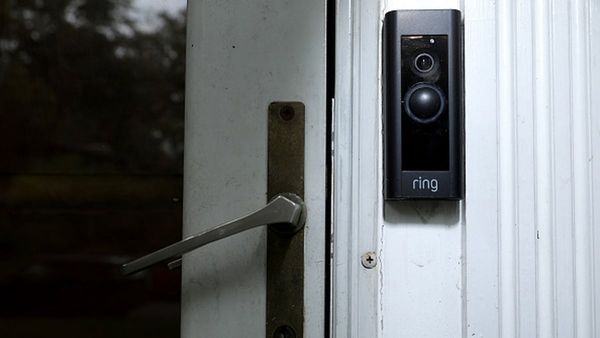
“Rage Against the Machine’s Killing in the Name shook the room so violently that dust fell from the light fixtures.”
Steve Sells is describing the first listening test of the Naim Statement amplifier system, and how it pumped the heavy, groove-driving riffs and raw punk energy through the Focal Grande Utopia speakers. “The clarity and force was terrifying, in the best, most adrenaline-fuelled way.”
It was probably not far from the reaction the young and ambitious Sells had dreamt of 27 years prior, when, during his university summer holiday, he designed the ideological framework for what became the now-iconic NAP S1 Statement power amp – an American-style “big amp” with large front handles, oversized heatsinks and a beefy PSU.
When the Statement project first got the green light, Paul Stephenson, Naim’s managing director at the time, told Sells: “Make it the best. Take your time and whatever cost you need.” Such words, essentially resembling “the sky’s the limit”, are music to any engineer’s ears.
Branching into amplification
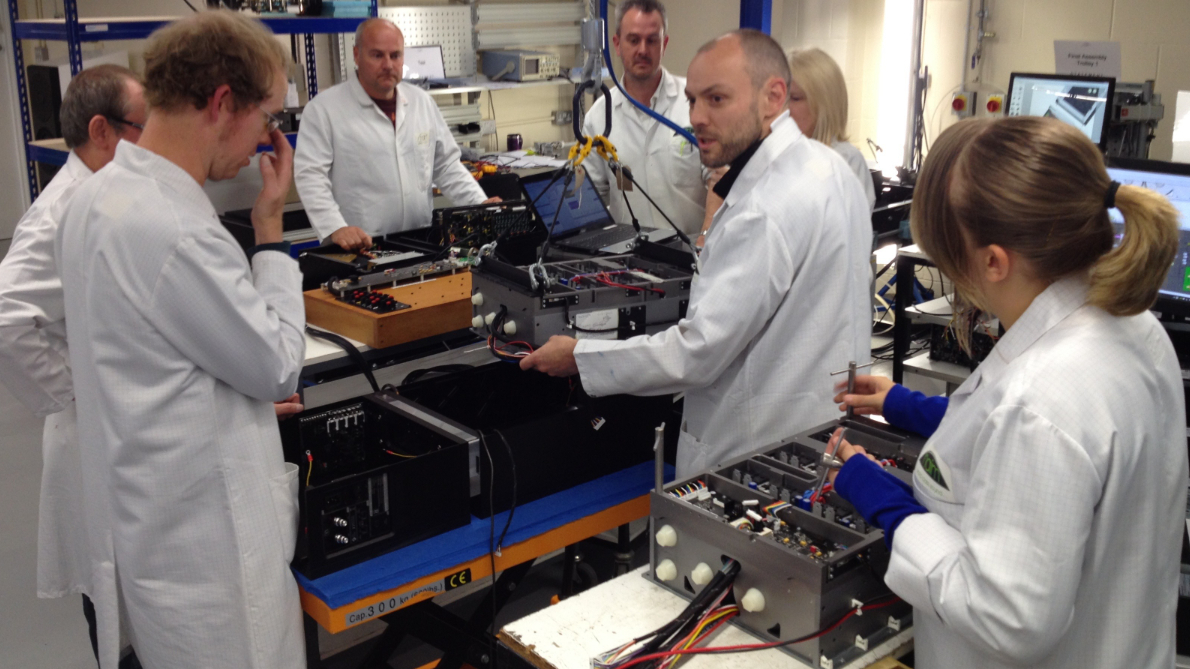
Sells' first sonic memories are of his grandfather’s quadraphonic hi-fi. “I saw how deeply it affected him, transporting him to concerts around the world,” Sells remembers.
That initial curiosity was rewarded and encouraged by being gifted a speaker and a physics book a few years later, and before long he was building speakers from magnets, nails and cornflake boxes… and turning his attention to amplifier design.
While he admits that speakers could have easily stolen his attention in his younger days (“I remember being fascinated by how they seemed simple in operation, yet took a lifetime of experience and diverse skills to perfect,” he tells us), amplifiers attracted him due to the variety of solutions and his drive “to find the best one”.
Playing his first record (Ian Dury’s Hit Me with Your Rhythm Stick) through his first hi-fi system (a turntable in a cardboard box, a germanium transistor amplifier and homemade speakers); hearing how commanding David Bowie sounded through his brother’s Dual turntable, Rotel RB820 amp and KEF Coda speakers; and selling his motorcycle while he was studying to become a hi-fi designer at Nottingham Trent University in order to afford a Sony ES stack with Heybrook speakers – these early experiences shaped Sells' understanding of sound and its emotional impact.
He was hooked, much to the benefit of three of his student classmates, for whom he willingly completed audio amplifier design assignments.
At that time, he collected hundreds of amplifier schematics and service manuals, trying to understand the reasoning behind specific circuit techniques and always searching for the best solution.
In the intervening 11 years between completing his further education (1990) and starting at Naim (2001), Sells earned his stripes at a series of reputable British hi-fi manufacturers, including Cambridge Audio, Cyrus, NAD, Roksan, Quad and Wharfedale.
From a prolific 35-year (and counting) career, we asked Sells to share a handful of his product highlights…
1. Cyrus Pre & aPA7: scratching the high-end itch
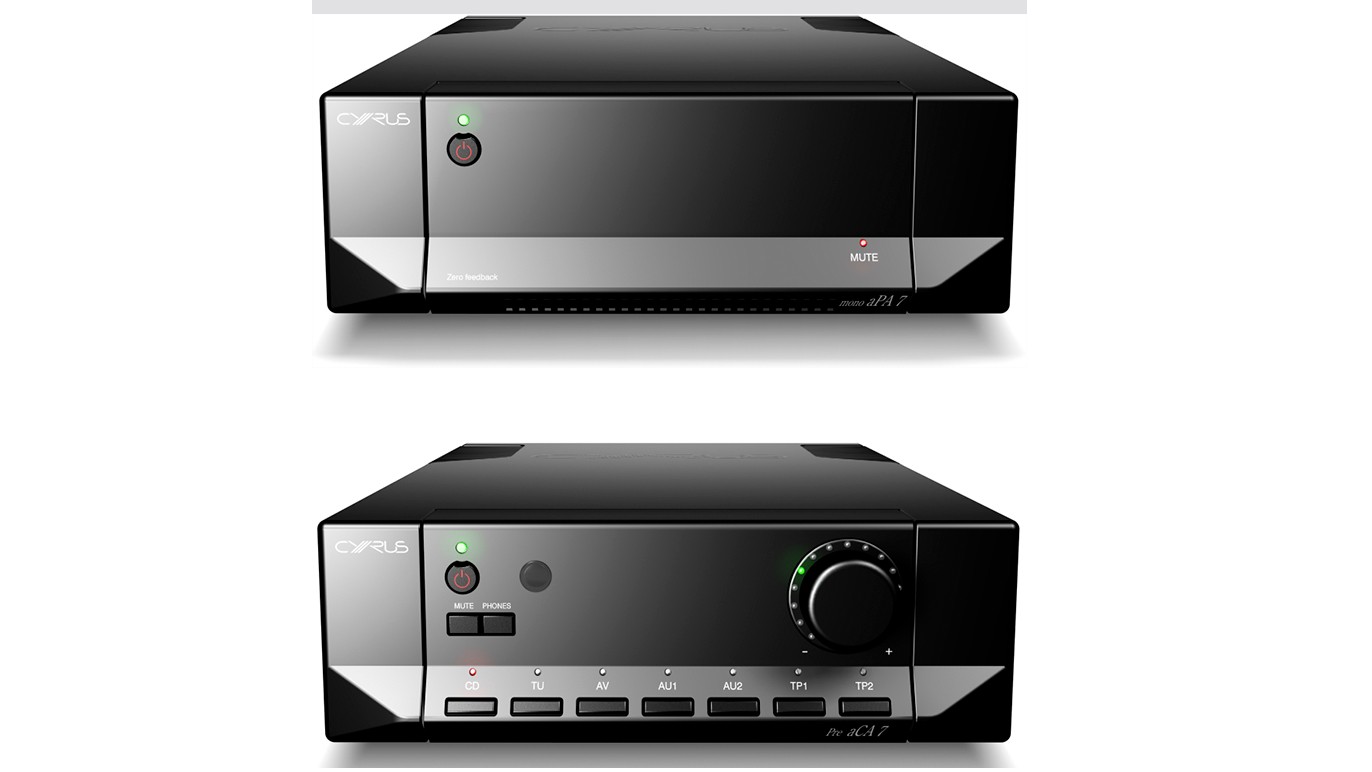
After stints at Wharfedale (working on an abandoned Leak revival project) and NAD (where he stabilised the 208 THX power amp), Sells moved to Cyrus in 1992.
His early designs included integrated amplifiers, such as the Straight Line, 3i, 5, and 7, as well as the PSX-R PSU. But his itch for high-end design was scratched with the Cyrus Pre preamp and, a few years later, the aPA7 mono power amp.
Sells explains to us how the design goal with the preamp was to keep the signal path as short and pure as possible.
The input selection was handled electromechanically using relays (in line with the approach taken by many high-end designs today) and the volume and balance control kept deliberately simple, a single potentiometer per channel managing both functions.
“However, the implementation was sophisticated,” he says, “Each channel used an independent motorised potentiometer, controlled via a fly-by-wire volume knob on the front panel.”
Sells was keen to retain a phono stage, despite the vinyl decline at that time, and found a way to implement it within a more modern practical framework: “I offered users the option to remove the MM stage, reverse it, and reinsert it, transforming it into a line-level stage.”
The aPA7, meanwhile, was developed when Sells had become interested in how the ear/brain system interprets sound and, alongside acoustic instruments, introduces distortion.
It therefore “had to be very linear at low levels, and only pleasant low-order harmonics were allowed,” he says. “Timing was crucial to the presentation, so the amplifier had to be fast.”
And so the aPA7 was 20 times faster than previous Cyrus designs and able to drive complex loads from large, high-end speakers – the first Cyrus amplifier to achieve 40A of current, 150W into 8 ohms, and 240W into 4 ohms.
2. Roksan Caspian: spoilt for space!
When Roksan joined the Verity Group of Quad, Mission, Cyrus and Wharfedale in the mid-90s, Sells could play with “twice as much internal space as a Cyrus product” for a clean-sheet design. The result: the Caspian amplifier.
“The Caspian integrated used some new circuits I had been playing with,” recalls Sells. “Some of the small-signal stages had the input transistors operating at near-constant current in a constant voltage.
"Because the current and voltage on the transistors remained near constant, the transistor did not distort. This meant no feedback was needed for those stages, making them fast and pleasant-sounding.”
Sells also holds a soft spot for the Caspian’s ‘Magic Eye’ tuning indicator, which was essentially a little dot-matrix display that used a novel graphic to help with radio tuning. “It made me smile, it was simple and made tuning to a station more joyful,” he says.
Some years later came the Caspian power amplifier, derived from the integrated design with, in Sells' words, “a few nips and tucks”.
“The automatic standby feature was deceptively difficult to design while making sure it didn’t influence the sound quality,” he remembers. “Eventually, I had the circuit dialled in, and it would turn on at -70dB and not affect sound quality, making it a very usable feature.”
3. Bentley DSP & the nDAC: laying the foundations for streaming
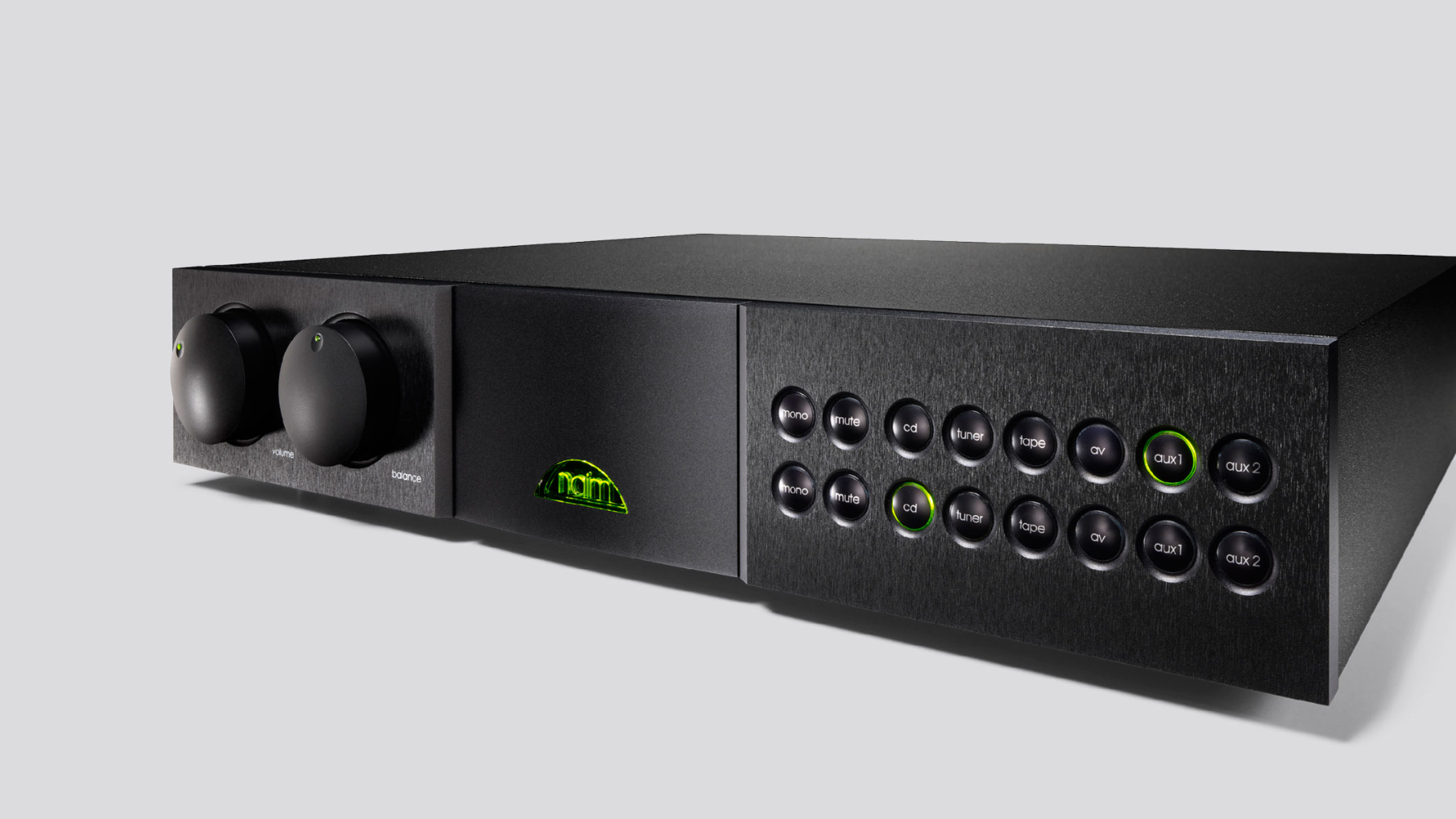
In 2001, Sells joined Naim, working under then-technical director Roy George, who handed him design duties for the NAC 202, 282 and 252 preamplifiers, ahead of subsequent projects such as the Snaxo active crossovers, Nait integrated and SuperLine phono stage.
That decade also saw another milestone for not only Naim but another British treasure, Bentley, in what would be the first of many collaborations: the most powerful and compact audio system in their histories.
While the 1.1kW, 15-channel Bentley car audio system was seen as an achievement in itself, its biggest impact in hindsight was bringing DSP technology to Naim.
“This DSP platform opened the door to more adventurous digital products at Naim,” says Sells, who recalls the first fruits of that new digital-led labour, the nDAC (2010) – familiar in its appearance, if not in the engineering beneath it.
“It eliminated 100 per cent of incoming jitter from S/PDIF sources,” says Sells. “The concept was simple, but the execution was complex. The DSP read the S/PDIF audio and ‘clocked it out’ of a buffer memory using a precise clock. It could choose from five clocks, each running at a slightly different speed.”
The Bentley collaboration and Naim’s debut DAC paved the way for Naim’s range of streaming products.
It wasn’t long before the DSP was paired with new streaming technology, and among the first out of the future-fi gate was the NDX streamer, which we gave a What Hi-Fi? Award to in 2011 and called “a change hi-fi buffs should relish, not fear”.
4. Naim Statement amplifiers: when a dream becomes a reality
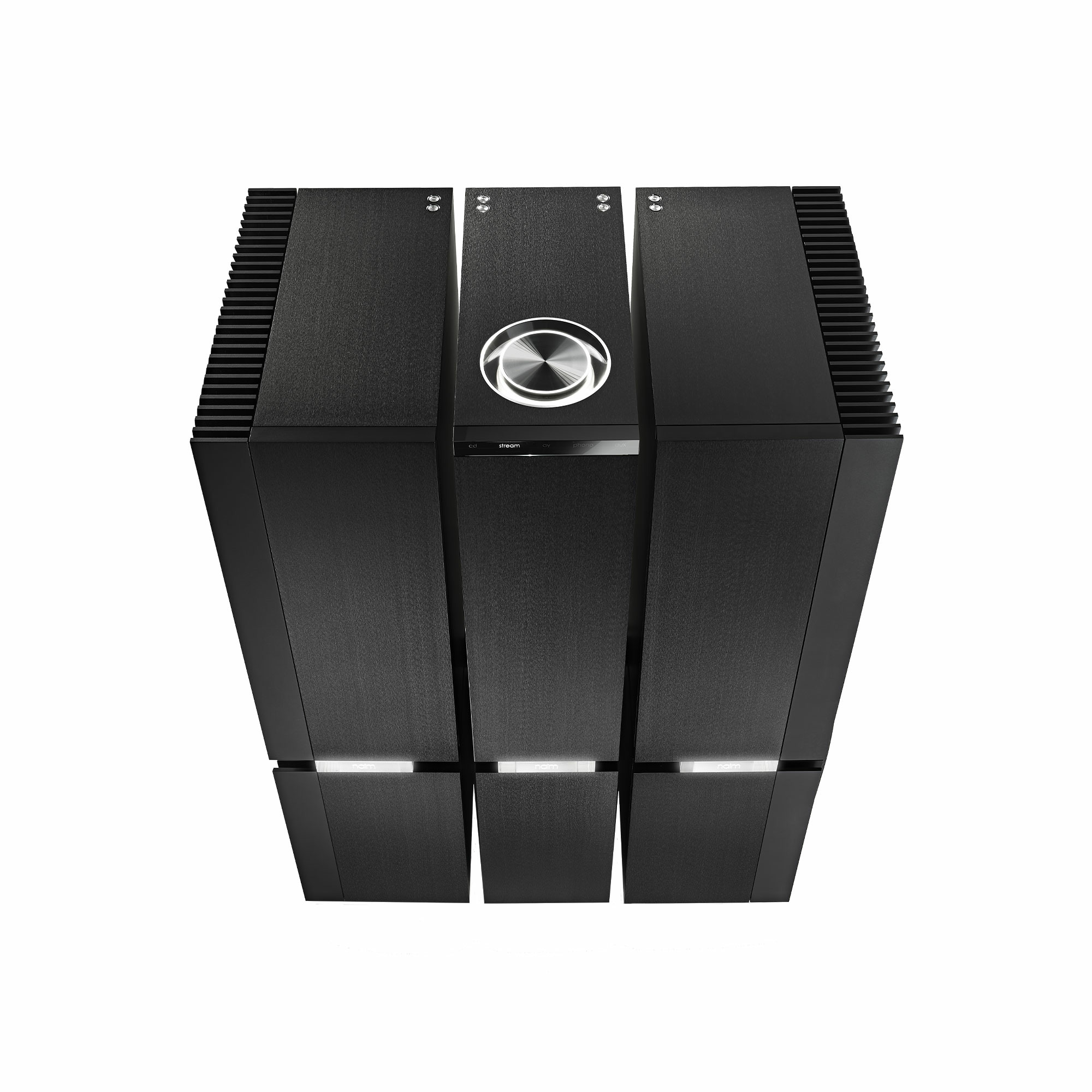
And then came Sells' big opportunity. To make “the best”, as per MD Stephenson's wishes. A power amplifier twice as loud as the then-flagship NAP 500, to satisfy George. “That meant aiming for around 600 watts,” says Sells.
“After feasibility studies, the target became 746 watts.” One horsepower. Three years of engineering and over 250 kilograms of aluminium, acrylic and whatnot later, the Statement duo (NAP S1 power amp and NAC S1 preamp) was born.
New platforms were designed from scratch, including a vertical structure (better for heat control) and an ultra-high-current regulated PSU.
And Sells explains that attention to detail was, as you might expect, “paramount”, from the frames the NAP S1’s 4000VA steel transformers were mounted on to minimise vibration, to the intermediate tin layers that were added between its copper and aluminium components to ensure optimally conductive interfaces.
The biggest challenges revolved around the NAP S1’s output stage and the NAC S1’s volume control. “To achieve the required power, multiple transistors were needed,” explains Sells.
“Julian Vereker, Naim’s founder, had said it was difficult to use multiple transistors and make them share current and sound good. The solution was to custom-make one big transistor.
“This was achieved by selecting ‘adjacent die’ from a silicon wafer, each parameterised during fabrication. An algorithm chose the best adjacent die to form a single composite transistor. Thus, the NA009 was born.”
The NAP 250, 300 and 500 were then consequently redesigned using NA009 transistors.
“As the Statement doesn’t use conventional amplifier feedback to correct for non-linearities, every part of the stage must be inherently linear to preserve the signal,” Sells adds.
And as high currents (the Statement can deliver peaks of 9 kW for 1ms) cause electromagnetic interference and consequently distortion, every wire and conductor needs to be carefully positioned.
“The output stage was imagined in 3D, rather than laid out on a flat circuit board, allowing high current signals to be appropriately placed, such as power rails and speaker output running perpendicular to each other,” he says.
As for the NAC S1 preamp, Sells explains that it “had to sound great, maintain perfect channel balance, operate smoothly and be controllable via an app – and no single volume control technology met all these goals”.
“The solution was a hybrid approach. The preamp used a digitally controllable, pure analogue volume control. Reed relays switched between steps on a fixed resistor ladder, ensuring excellent sound and channel balance.
“Next, a side-chain volume control using CMOS technology was added. When the volume was adjusted, the CMOS control engaged temporarily. After one second, the relay-based analogue control switched back in, now set to the new level.”
5. Nait 50 amplifier: the pressure of retaining the magic
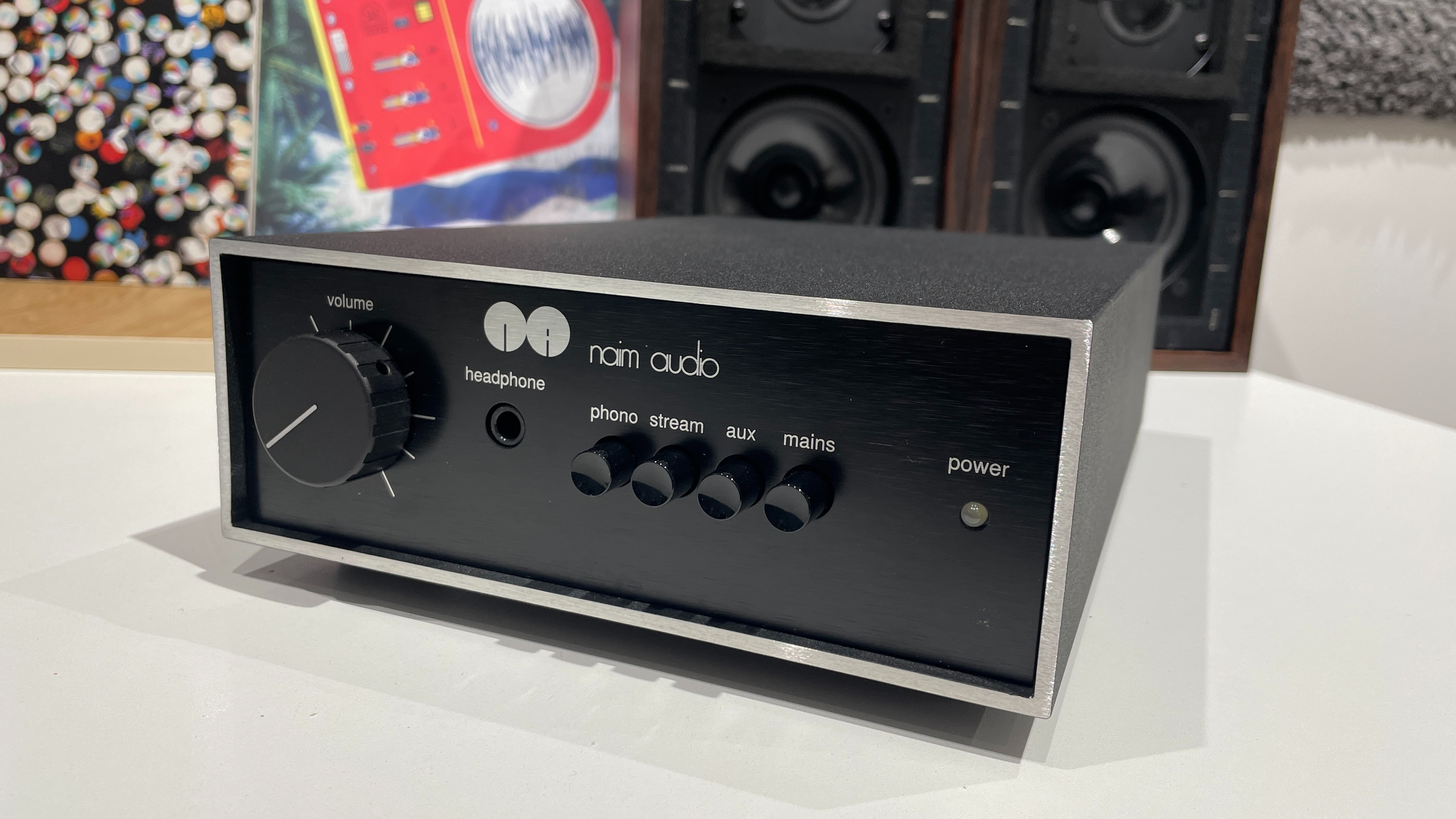
A fifth and final product highlight for Sells is the limited-edition Nait 50, a recent reimagining of the iconic, 1983-released original Nait 1, which, as Sells rightly recognises, “holds a special place in Naim folklore as one of the most magical amplifiers ever made”.
“Tampering with that reputation was not something to take lightly, and designing the Nait 50 came with responsibilities just as significant as those tied to high-end products,” he says.
Naturally, Naim couldn’t simply release a facsimile clone of the Nait 1 – compliance laws and consumer expectations have, after all, moved on since the ‘80s; Sells and his team had to deviate.
“The design process used modern tools, materials and circuits, and incorporated mandatory music sensing with 0.5W auto-off, quiet standby transitions, and soft-start circuits – all while keeping the system free of software,” says Sells.
They created miniaturised versions of amplifier stages from Naim’s classic range, borrowed the volume control foundations from the NAC 552 preamp (albeit without motorisation), and used modern semiconductors to give the Nait 50 extra power and sonic punch.
But there was also an opportunity to recapture the Nait 1’s spirit in more faithful ways. Sells gives one example: “The Nait 1 had a deliberate low-frequency hump in its RIAA curve, and though technically inaccurate, it gave the sound a pleasant aesthetic; we faithfully recreated that in the Nait 50.”
Another is in the input selection. “The Nait 50’s input switch was custom-made to replicate the original’s distinctive ‘clong’ sound when pressed, though behind the scenes the switch activates high-quality reed relays placed next to the input sockets, improving sound quality and minimising input-to-input crosstalk,” says Sells.
And then, perhaps surprisingly, the Nait 50 further aligns with the Nait 1 by also omitting RCA sockets and a remote control.
“Did we make the right decision by leaving them out? I’m not sure. Once nostalgia wears off, convenience tends to call,” Sells admits.
We guess even engineers with CVs as enviable as Steve Sells' can question their judgment at times.
MORE:
10 of the best Naim Audio products of all time
12 of the best British stereo amplifiers of all time
The best stereo amplifiers you can buy today
